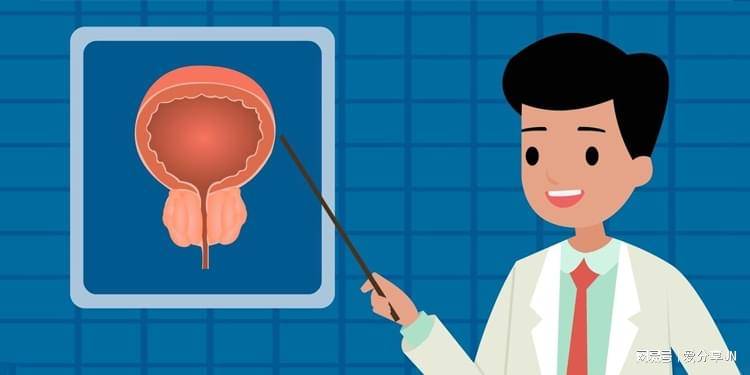Many people associate frequent urination, urgency, and painful urination with the prostate. The shape of the prostate resembles an inverted chestnut, often referred to as a cone in medical books. The normal dimensions of the prostate are about 4 cm in width, 3 cm in height, and 2 cm in depth, located at the base of the pelvic cavity. Positioned above it is the bladder, below is the urethra, in front is the pubic bone, and behind is the rectum. During a digital rectal examination, the doctor can feel the prostate gland by moving forward. As a vital part of the male reproductive system, its function heavily depends on and is closely related to male hormones, playing a significant role in sexual functions.
1. What are the symptoms of prostatitis?
There are various symptoms of prostatitis, with the most common being frequent urination, urgency, burning sensation in the urethra, urethral pain, difficulty urinating or dribbling after urination, and the feeling of incomplete emptying of the bladder. Sometimes, a milky prostatic fluid may drip from the urethral opening during urination or defecation, known as “urethral discharge.” These symptoms are often accompanied by pain.
2. How to maintain prostate health?
In terms of lifestyle, it is advisable to consume foods rich in zinc, vitamin C, and vitamin E, such as seafood, nuts, vegetables, and fruits. Drink plenty of water, at least 2 liters per day, to help cleanse the urethra and prevent prostate diseases. Engage in regular exercise to promote blood circulation and enhance the prostate’s immunity. Aerobic exercises like walking, running, and swimming are recommended. Avoid delaying urination, as retaining urine in the bladder for too long increases the risk of bacterial growth. Prolonged sitting increases the risk of prostate congestion, so avoid being sedentary for long periods. Personal hygiene is essential, remember to wash after using the restroom, change underwear daily, and wash and sun-dry them promptly. If possible, undergo regular prostate examinations, such as digital rectal examinations, to detect prostate issues early.
3. Impact of prostatitis on sexual function
Long-term prostatitis can lead to decreased sexual function, including erectile dysfunction and premature ejaculation. This is mainly due to the untreated nature of the disease, where symptoms worsen after sexual intercourse or directly affect the sensations and quality of sexual activity, leading to a negative impact on the patient’s sexual performance.
Shandong Eastern Men’s Hospital kindly reminds:
In conclusion, if any symptoms occur, seeking timely medical attention for accurate diagnosis and treatment is advised. Additionally, to prevent prostatitis, lifestyle adjustments and dietary habits should be considered, avoiding sedentary behavior, unclean sexual practices, and other unhealthy habits.
[Special Note] Some images in the text are sourced from the internet for public welfare education; image copyrights belong to their original authors, and any infringement please contact for removal.


